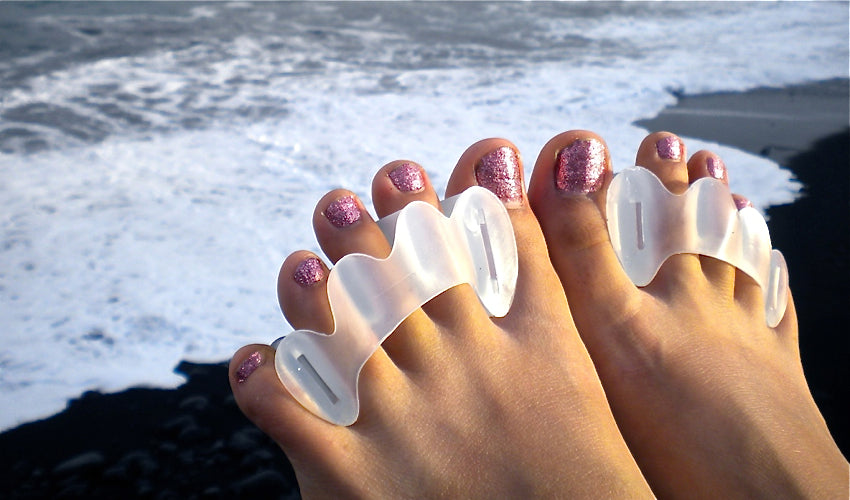
What if there was a way to reduce your chances of knee osteoarthritis and numerous foot and ankle problems? What if this approach was simple, logical, and cost-effective? What if it could address a wide variety of conditions, from joint pain to bunions to neuromas to ingrown toenails, as well as prevent these conditions from occurring? What if the philosophy was completely rational, as well as being backed by scientific study and research? Such an approach does indeed exist, and it is detailed for you in this post.
Barefoot Wisdom
In some parts of the world people consistently wear minimalist footwear, either going barefoot or using flip-flops or sandals. A very small percentage of this population suffers from chronic foot problems. In the industrialized world, however, the occurrence of foot, ankle, and musculoskeletal problems is significantly higher. What are the causes of this disparity?
The natural anatomical design of the human foot includes toes that are spread and extended. This toe configuration allows for optimal balance, stride, and foot circulation. In geographical regions where primarily flip-flops or sandals are used, foot integrity is maintained throughout life and foot problems are avoided. In industrialized societies, however, where rigid and narrow footwear is the norm, the foot’s natural shape changes over time. This is especially true in shoes or boots that possess tapering toe boxes.
Problems With Conventional Footwear
The vast majority of footwear in the industrialized world elevates the heel above the forefoot, or the ball of the foot, bends the toes upward (a design element called toe spring), and squeezes the toes together. Over time, this combination of design features deforms the foot, leading to a host of foot problems, gait abnormalities, and musculoskeletal pathologies. The long-held conventional podiatric view is that the feet are inherently weak and misshaped, and that they need to be corrected with orthotics or surgery. When these methods fail, the pain is to be managed with anti-inflammatory drugs.
A Unique Perspective
Dr. Ray McClanahan is a podiatric physician who challenges this viewpoint. He has discovered, through extensive literature research and years of clinical experience, that the best way to treat most foot problems is to allow the foot to function exactly as nature intended. Dr. Ray’s approach involves teaching people about foot anatomy and how it affects both gait and musculoskeletal health. He explains how most shoes on the market damage foot shape. He then shows how returning the feet to their natural shape eliminates existing foot problems and prevents new ones from arising.
This is done using Correct Toes toe spacers, a toe spacing device that realigns, or spreads, the toes to their natural and correct position. This toe realignment improves proprioception, which in turn improves balance and muscle function. Correct Toes are to be worn between the toes in shoes that are wide enough to accommodate them. It's important to choose shoes that provide a flat surface, or base of support, and sufficient room in the toe box for the toes to spread. Test your shoe by removing its liner and standing on it with your Correct Toes in place. No part of your foot should spread past the liner’s edge. If it does, your shoe is too narrow and will not accommodate the Correct Toes appliance.
Examples of Positive Outcomes Using Correct Toes:
- Correction and prevention of: Bunionettes, bunions, corns, ingrown toenails, heel pain, plantar fasciosis, neuromas, capsulitis, shin splints, and runner’s knee. No surgeries or medications required.
- Better balance in athletes, Parkinson’s patients, and the elderly.
- Decreased injury rates in athletes. Correct Toes helps your body make better use of natural physiological adaptations that are hampered by conventional athletic footwear.
- Increased athletic performance (especially in walkers and runners).
- Improved strength and flexibility of your toes as well as enhanced proprioception.
- Decreased likelihood of developing knee and other types of lower extremity osteoarthritis.
Numerous articles have already been written that illustrate the ideas discussed above and provide scientific background. A sampling can found here.

WANT TO IMPROVE YOUR FOOT HEALTH?
Let the team at Natural Footgear help you! Subscribe to our newsletter for the latest offers and helpful info, and sign up for our FREE email courses on various topics and foot health conditions.
Sign Up →
Want to Improve Your Foot Health?
We are here to help you every step of the way. Get our newsletter for the latest offers and helpful info, and sign up for our FREE email courses on various topics and conditions, including bunions, hammertoes, neuromas, plantar fasciosis, shin splints, ingrown toenails, and more.
Sign Up →
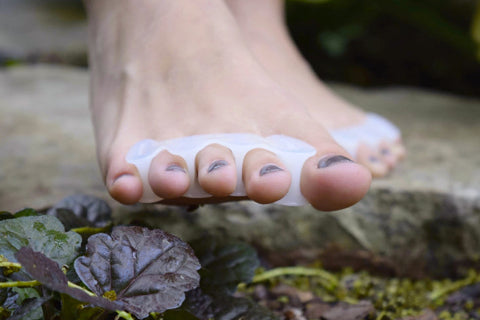 Correct Toes, a toe spacing device made of flexible and durable medical grade silicone, is a small but mighty ally when it comes to achieving and restoring optimal foot health. It's a natural alternative to the most commonly prescribed foot care products—such as arch orthotics and motion control footwear—as well as surgical procedures, and it accomplishes major foot health feats for a fraction of the cost of these more well-known...
Read more
Correct Toes, a toe spacing device made of flexible and durable medical grade silicone, is a small but mighty ally when it comes to achieving and restoring optimal foot health. It's a natural alternative to the most commonly prescribed foot care products—such as arch orthotics and motion control footwear—as well as surgical procedures, and it accomplishes major foot health feats for a fraction of the cost of these more well-known...
Read more



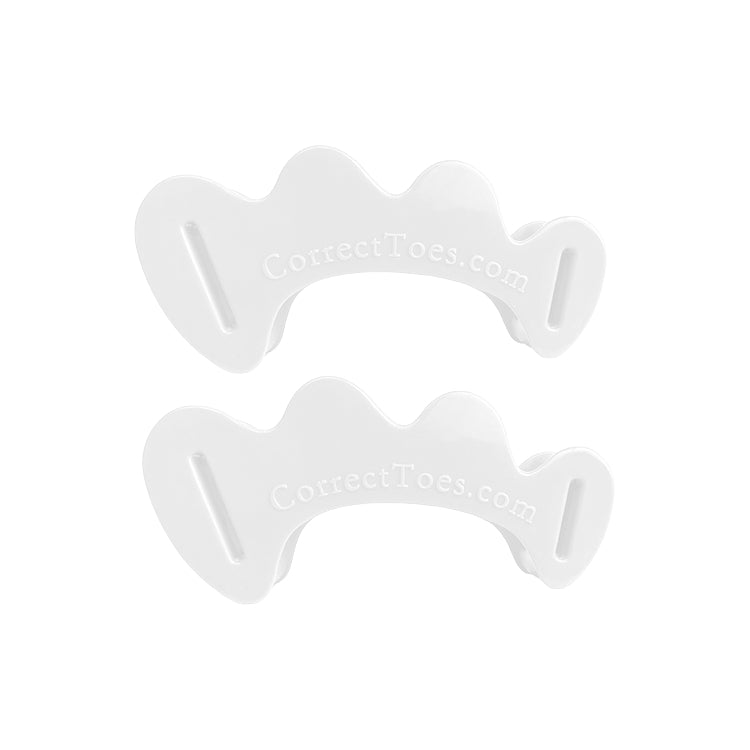
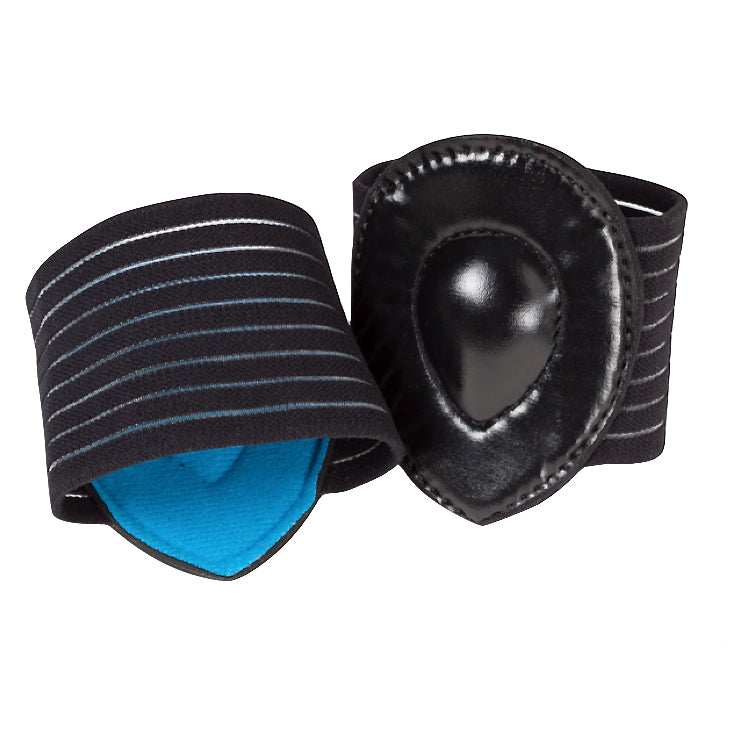
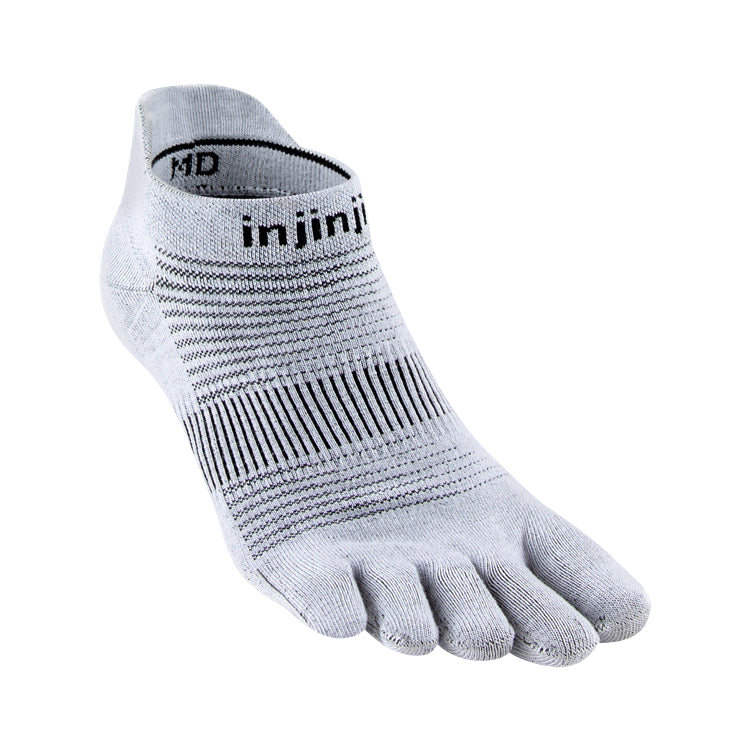
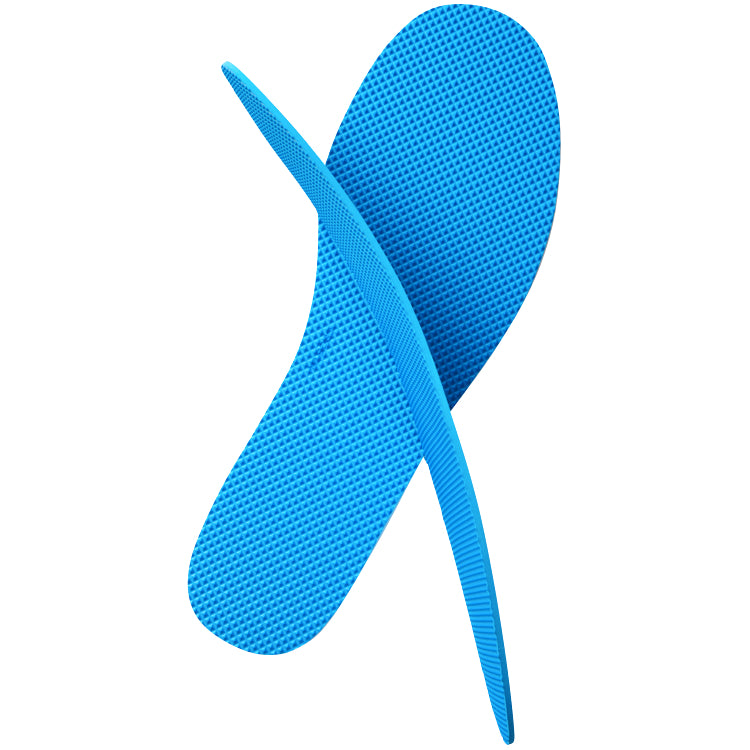

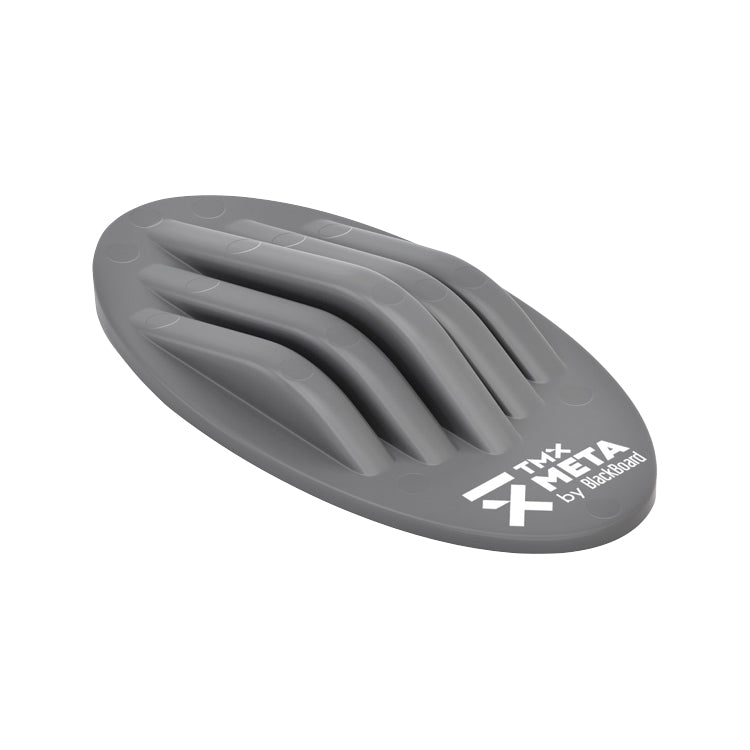

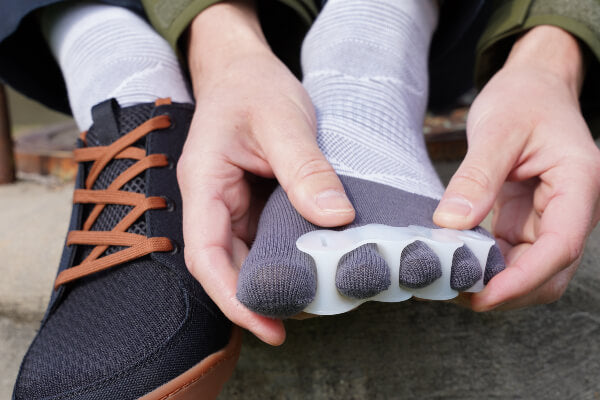
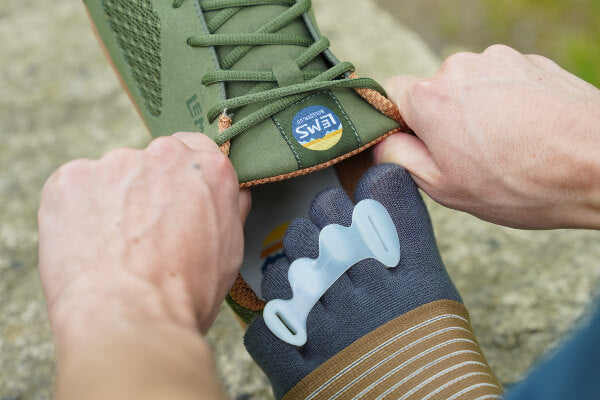
My Correct Toes gave me blisters on the bottom of my 4th toes. Does this indicate they were too small?
Hi, Kate,
Thank you for your message. I’m sorry to hear about those blisters. Blistering with the device is quite rare, but it’s possible that a too-small size could contribute to this issue in some cases. You might consider trying the next size up in the spacers, or you might consider using your Correct Toes in combination with toe socks to see if doing so helps:
www.naturalfootgear.com/collections/toe-socks
Please give the above a go and report back about your experience!
Cheers,
Robyn Hughes, ND
How long will Correct Toes last with daily walking? At what point do I need to replace them and how do I know?
Hi, KD. That’s a great question—and one we often hear from folks who have incorporated Correct Toes into their daily foot health routine. First, it’s worth acknowledging that Correct Toes is thoughtfully designed to be both durable and flexible. Crafted from medical-grade silicone, these spacers are built to withstand regular, even rigorous, use. If you’re wearing them daily for walking—especially in compatible, wide toe box footwear—they should serve you well for quite a long time. That said, like all tools that support natural foot function, their lifespan does depend on several factors, including how often and how intensely they’re used, your gait pattern, and the care they receive.
On average, users can expect their Correct Toes spacers to last anywhere from 1 to 2 years with daily walking. Some users report significantly longer lifespans with careful use, thoughtful care, and proper storage, while others may find they need a new pair a bit sooner depending on their activity levels. One of the best things you can do to extend the life of your Correct Toes is to clean them regularly with mild soap and water and to avoid exposing them to excessive heat, such as leaving them in a hot car or next to a heater. These small maintenance steps can go a long way in preserving the integrity of the silicone and keeping the device feeling comfortable between your toes.
You’ll know it’s time to replace your Correct Toes when you begin to notice visible signs of wear or changes in functionality. These signs might include tearing (which can often be addressed by using aquarium/fish tank glue/sealant to fix the tear), a gradual hardening, a loss of elasticity, or the inability to stay properly positioned between your toes. In some (rare) cases, the separators might begin to sag or shift during use, which can reduce their effectiveness and compromise your alignment goals. If you notice any of these changes, it’s a good indicator that your set has reached the end of its useful life and that it’s time to invest in a new pair.
It’s also important to listen to your body. If you begin to notice a difference in the way your feet feel—such as a reduction in the stability, spacing, or comfort that you previously enjoyed while using Correct Toes—that can be a subtle sign that your current pair is no longer offering optimal support. Remember, toe spacers are a dynamic aid in your foot health journey, and their performance should evolve along with your feet. If your Correct Toes no longer seem to “meet you where you are,” that’s a clue that a replacement might be in order. In fact, it’s not uncommon for users to “graduate” from a smaller size to a larger size as toe realignment and foot adaptations occur with use over time.
Ultimately, the goal with Correct Toes is long-term foot empowerment, and part of that involves staying in tune with your tools as well as your body. Just as you would replace worn-out shoes or adjust your gait as your body adapts, updating your Correct Toes when needed is part of maintaining the momentum of your foot health progress. We always encourage a proactive, not reactive, approach—so if you’re unsure, feel free to reach out to us at Natural Footgear. We’re here to help you make informed, confident decisions that support your healthiest stride forward, and we are happy to share with you any additional resources that can help advance your foot health goals.
Yours in Foot Health,
Drs. Marty & Robyn Hughes